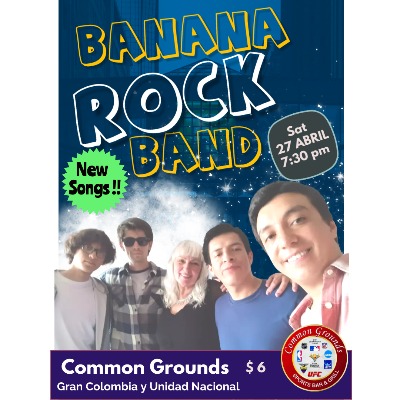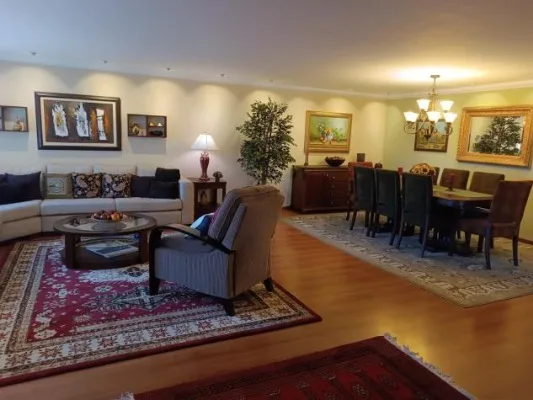Pase del Niño mixes the sacred and profane, highlighting Cuenca’s Christmas season
By Sylvan Hardy
For tourists and foreign residents, today’s Christmas Eve’s Pase del Niño (the Passing of the Child) parade is a colorful and often bizarre mixture of the sacred and the profane. To locals, it’s a time-honored combination of Catholic and indigenous traditions that produces a festival of homage to the Christ child.
For everyone, it’s the undisputed event of the year in Cuenca.
Introduced to Latin America by the Spanish almost 500 years ago, the Pase del Niño is a Christmas celebration in which likenesses of the infant Jesus are carried through towns and villages. In Ecuador, the tradition remains strongest in the Andes.
Although the parade is held in many Latin American cities, organizers claim that Cuenca’s is the largest. As many as 15,000 people will participate in the event, with another 100,000 watching from sidewalks, doorways, patios, balconies, and rooftops. In addition to 600 floats, hundreds of participants will be on horseback or foot.
As the parade’s name implies, the focus is on children.
The action begins about 10 this morning, moving from the staging area on Paseo Tres de Noviembre to Simon Bolivar, where it will proceed east to Av. Hayana Capac. The parade typically runs for six or seven hours.
The procession features floats pulled by trucks and cars, many highly festooned with flowers, fruits and vegetables, empty beer cans, liquor bottles, banners and streamers, packaged gum and candy, bags of chips and chifles, and whatever else was handy at decoration time. Hood ornaments include roasted pigs, chickens, and guinea pigs.
Literally thousands of versions of the holy infant are represented, along with dozens of Biblical characters, including Jesus’s cast of supporting personages; desert Semites in burnooses and angels with wings; children dressed in colorful homemade costumes, some on horses and donkeys; dogs pulling carts; marching bands, dancing cholas, men on stilts, and a variety of street performers. In recent years, the Three Wise Men have made an appearance on Harley Davidsons and Mary and Joseph have cart-wheeled the length of Calle Simon Bolivar. Everywhere children are dressed in colorful homemade costumes.
Along the route, hundreds of vendors sell cotton candy, umbrellas (more often for protection from the sun than rain), traditional foods, drinks, ice cream, and snacks. There are also several distribution points for chicha, a traditional holiday beverage; it’s free, but beware: the alcohol content is high. They’ve 8,000 liters this year.
The parade is actually a collection of hundreds of smaller parades, and banners draped across cars and trucks proclaim Cuenca neighborhoods, Ecuador towns and cities, even a few participants from as far aw ay as Peru and Colombia. Families and communities plan for this event throughout the year.
ay as Peru and Colombia. Families and communities plan for this event throughout the year.
Although the Christmas Eve parade is the main event, the Pase del Niño celebration is a three-month-long activity, beginning the first Sunday after Advent and continuing until Carnival in February. The tradition also includes Novenas, nine consecutive nights of song, food, and prayer celebrated in homes and churches.
On Christmas Eve, the Misa del Gallo, or Rooster Mass, is celebrated in the Cathedral and local churches. Besides Pase del Niño celebrations, Christmas in Cuenca also features fireworks, concerts, and craft sales.
________________


















